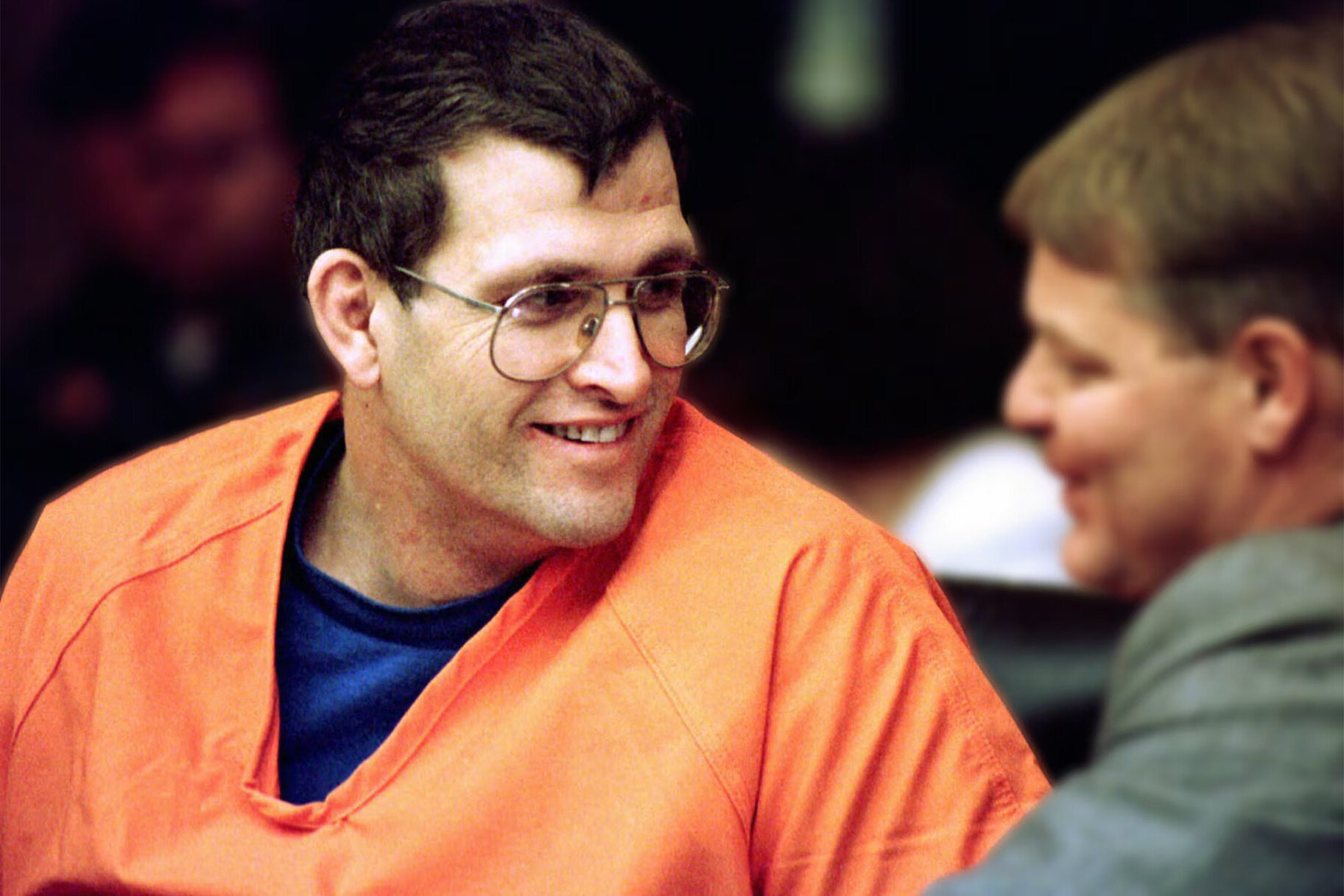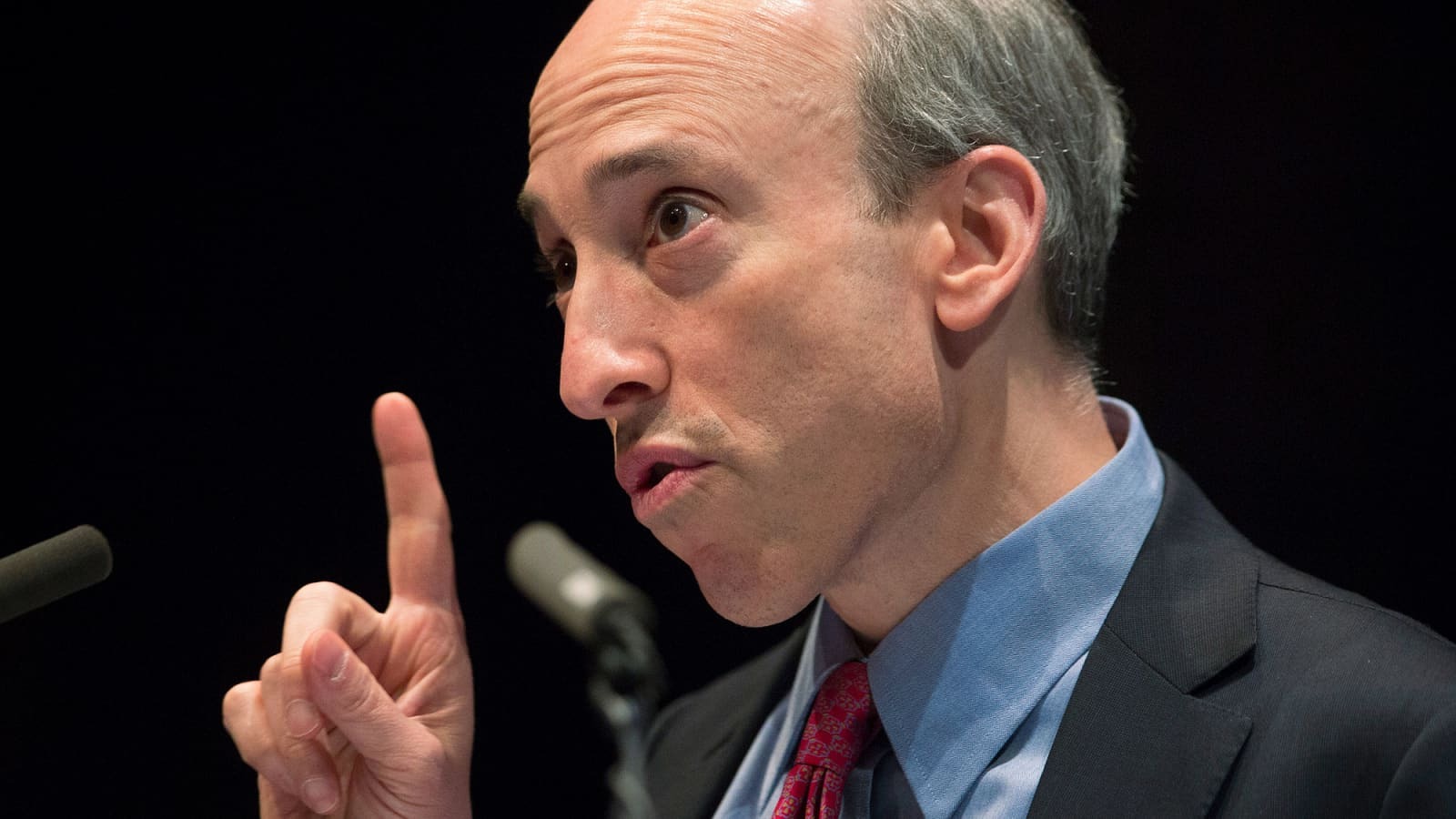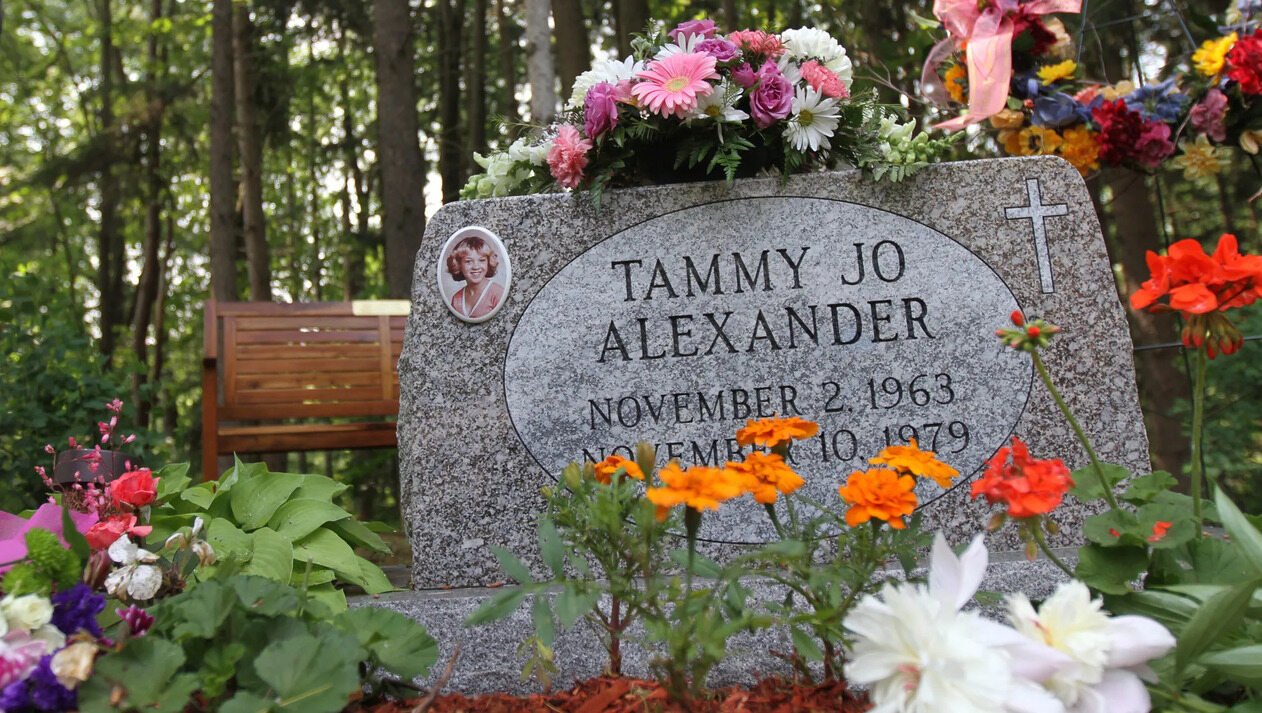
Who was the Happy Face Killer? Keith Hunter Jesperson, known as the Happy Face Killer, was a Canadian-American serial killer active in the early 1990s. He earned his nickname from the smiley faces he drew on letters to the media and authorities, boasting about his crimes. Jesperson, a long-haul truck driver, used his job to travel across the United States, making it difficult for law enforcement to connect his murders. Over a span of five years, he claimed the lives of at least eight women. His chilling confessions and taunting letters left a dark mark on criminal history. What drove him to commit such heinous acts? Let's delve into the twisted mind of this notorious killer.
Key Takeaways:
- The Happy Face Killer, Keith Hunter Jesperson, was a notorious serial killer who targeted vulnerable women during his travels as a long-haul truck driver. His need for attention led to his capture and conviction.
- Jesperson's disturbing childhood, psychological profile, and impact on victims' families shed light on the complex and devastating effects of his actions. His case continues to captivate the public and highlight the human cost of his crimes.
Who Was the Happy Face Killer?
The Happy Face Killer, also known as Keith Hunter Jesperson, was a notorious serial killer active in the early 1990s. His chilling moniker came from the smiley faces he drew on letters to the media and authorities. Here are some gripping facts about him:
-
Keith Hunter Jesperson was born on April 6, 1955, in British Columbia, Canada.
-
He earned the nickname "Happy Face Killer" because he signed his letters with a smiley face.
-
Jesperson's first known victim was Taunja Bennett, murdered in January 1990.
-
He worked as a long-haul truck driver, which allowed him to travel across the United States and find victims.
-
Jesperson claimed to have killed eight women, though he was only convicted of eight murders.
Early Life and Background
Understanding Jesperson's early life provides insight into his later actions. His childhood was marked by violence and instability.
-
Jesperson's father was reportedly abusive, which may have influenced his violent tendencies.
-
He was often bullied by peers due to his large size and awkward demeanor.
-
Jesperson showed signs of cruelty to animals during his youth, a common trait among future serial killers.
-
He had dreams of becoming a Royal Canadian Mounted Police officer but failed to achieve this goal.
-
Jesperson married Rose Hucke in 1975, and they had three children together.
The Murders
Jesperson's killing spree spanned several years and states. His victims were often vulnerable women he encountered during his travels.
-
His second victim, Claudia, was killed in August 1992 in California.
-
Jesperson's third victim, Cynthia Lynn Rose, was murdered in September 1992.
-
His fourth victim, Laurie Ann Pentland, was killed in November 1992 in Oregon.
-
Jesperson's fifth victim, a woman known only as "Carla," was murdered in June 1993.
-
His sixth victim, Angela Subrize, was killed in January 1995 in Washington.
Capture and Confession
Jesperson's capture was a result of his own actions. His need for attention and recognition led to his downfall.
-
He was arrested on March 30, 1995, after attempting to murder his girlfriend, Julie Winningham.
-
Jesperson confessed to the murders in a letter to his brother, which led to his arrest.
-
He initially confessed to over 160 murders, but this number was later proven to be exaggerated.
-
Jesperson's detailed confessions and evidence led to his conviction.
-
He was sentenced to multiple life terms without the possibility of parole.
Psychological Profile
Jesperson's psychological profile reveals a complex and disturbed individual. His behavior and actions have been studied extensively.
-
He was diagnosed with antisocial personality disorder, characterized by a lack of empathy and remorse.
-
Jesperson exhibited traits of narcissism, often seeking attention and recognition for his crimes.
-
He showed signs of sadism, deriving pleasure from inflicting pain on his victims.
-
Jesperson's need for control and power was evident in his interactions with victims and authorities.
-
He often manipulated those around him, including family members and law enforcement.
Media and Public Perception
The Happy Face Killer's case garnered significant media attention. His letters and confessions captivated the public.
-
Jesperson's letters to the media included detailed descriptions of his crimes.
-
He often taunted law enforcement, believing he was smarter than investigators.
-
The smiley face symbol became synonymous with his crimes, adding to the public's fascination.
-
Jesperson's case has been featured in numerous documentaries and true crime shows.
-
His story has also been the subject of books and articles, further cementing his infamy.
Impact on Victims' Families
The families of Jesperson's victims have been profoundly affected by his actions. Their stories highlight the human cost of his crimes.
-
Many families struggled with the loss of their loved ones and the media attention surrounding the case.
-
Some families have become advocates for victims' rights and criminal justice reform.
-
The emotional and psychological impact on the families has been long-lasting.
-
Jesperson's confessions provided some closure but also reopened old wounds for the victims' families.
-
The legacy of the Happy Face Killer continues to haunt those affected by his crimes.
Final Glimpse into the Happy Face Killer
Keith Hunter Jesperson, known as the Happy Face Killer, left a chilling mark on history. His crimes spanned the early 1990s, claiming at least eight victims. Jesperson's nickname came from the smiley faces he drew on letters to the media and authorities, taunting them with his confessions. His first known victim, Taunja Bennett, was murdered in 1990. Despite his heinous acts, Jesperson managed to evade capture for years, partly due to his transient lifestyle as a truck driver.
Jesperson's eventual arrest in 1995 brought an end to his killing spree. His case highlights the importance of advancements in forensic science and law enforcement collaboration. Understanding the Happy Face Killer's methods and motivations provides valuable insights into the minds of serial killers, helping to prevent future tragedies. Stay informed, stay vigilant, and remember the lessons learned from this dark chapter in criminal history.
Frequently Asked Questions
Was this page helpful?
Our commitment to delivering trustworthy and engaging content is at the heart of what we do. Each fact on our site is contributed by real users like you, bringing a wealth of diverse insights and information. To ensure the highest standards of accuracy and reliability, our dedicated editors meticulously review each submission. This process guarantees that the facts we share are not only fascinating but also credible. Trust in our commitment to quality and authenticity as you explore and learn with us.


